By Holly Kibbins, Database Researcher (Summer 2022)
Retail marketing and intangible heritage are generally not considered in the same context and reading about them in the same sentence may appear bizarre at first glance. Rest assured that I am not attempting to commodify something as priceless as intangible heritage, rather I want to discuss the common ground that binds these two unique areas together: database software.
For some background, this summer I had the privilege of working with Heritage Saskatchewan through a program called Future Perfect. Future Perfect is a new program created by Katimavik, a national youth development charitable organization, that matches young adults with employers in cities across Canada for three months of paid work while living with other participants and having access to learning opportunities and workshops. Having the opportunity to live in Regina and attend Heritage Saskatchewan events enriched my work experience and personal growth.
At Heritage Saskatchewan, I spent the summer researching various database options for the organization that would have a better data entry system, the ability to export data into reports, and more features to increase ease of use. The project involved meeting with heritage practitioners at various major heritage associations including the Museums Association of Saskatchewan, Nova Scotia Museums Association and the Association of Manitoba Museums. As a result of the guidance we received from the associations and security advice from KSP Technology, it was determined that the best database solution for the organization’s use at this time was Microsoft Access. Microsoft Access provided Heritage Saskatchewan with the ability to create a custom form for inputting information, create relationships between tables to reduce time spent entering data, and the ability to create custom reports using data from queries or tables.
Although Microsoft Access has many benefits, there are other options available that allow for further customization and the ability to have both a public-facing site as well as a backend with a database. In the future, as the organization has more new and exciting projects along with more data to store, there could arise the opportunity to move to a more sophisticated software.
A unique connection found through our meeting with the Association of Manitoba Museums was that there is a crossover between retail marketing and intangible heritage in content management such that the information could be presented similarly. The ways that intangible cultural heritage can be documented through audio/video recordings, photographs interviews, etc. could be organized in ways that overlap with retail products. This unique crossover allows for even more options for database software in the future and greater flexibility and customization abilities. While there will never be a perfect software that can capture the unique needs of something as multifaceted as living heritage, it will be interesting to see how technology continues to develop and what other unique connections are made in the future.


